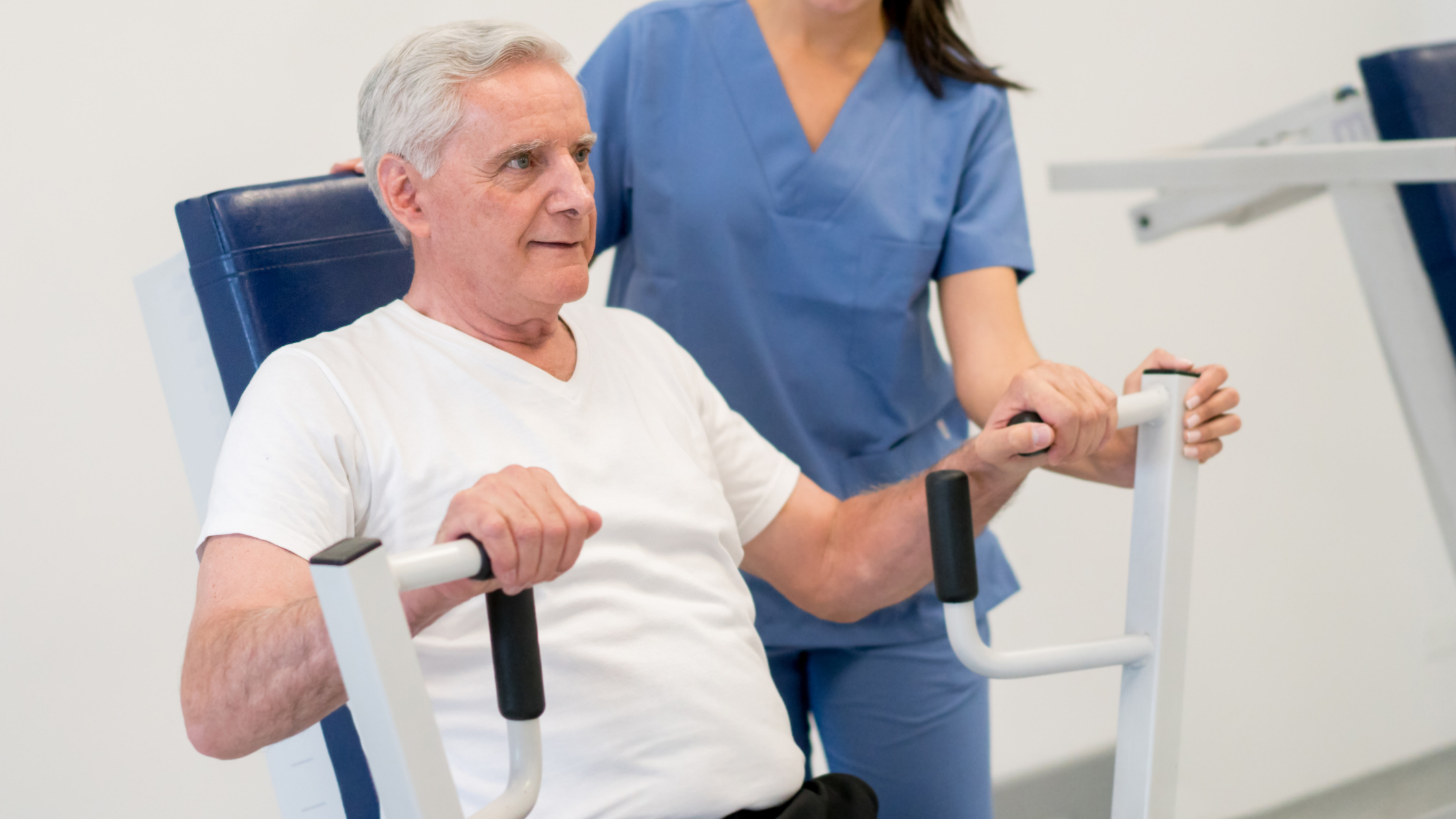Getting a total hip replacement is a serious decision because it improves the quality of life but also sets a life expectancy. However, knowing the life expectancy is important because it can help someone decide whether getting a hip replacement is the right thing to do. It can also help someone know when they should get it done. Getting a hip replacement is a major surgery that would require rehabilitation therapy. At Home Advantage Rehabilitation, we offer in home rehabilitation services Long Island to help you recover from a total hip replacement.
What is a Total Hip Replacement?
It is a surgery where the surgeon has to remove damaged parts or the whole of your hip joint and replace them with artificial parts that are usually made of ceramic, metal, or plastic. Getting a hip replacement would decrease pain and would also improve function.
Why is it done?
If you’re experiencing hip pain or if your hip pain is preventing you from doing certain activities and non-surgical treatments are not working, a hip replacement might be the option. However, the following are the most common conditions as to why someone gets a hip replacement:
- Osteoarthritis – the most common form of arthritis that can damage the joints in the hips. It happens when cushion cartilage that protects the bones and helps the joint move wears down.
- Rheumatoid arthritis – also known as AR is a chronic inflammatory disorder that causes joint pain and damages throughout your body. It occurs when the immune system attacks its tissues and in severe cases, it attacks the organs.
- Osteonecrosis – also known as AVN is a disorder in the death of the bone cells due to a lack of blood supply. This can lead to dislocation or fracture which causes pain and the collapse or deformation of the bone.
What Is The Life Expectancy Of A Total Hip Replacement?
Whether you’re thinking of getting a total hip replacement or you’ve got it already, a common question most patients ask is what is the life expectancy of this hip replacement. Most people who are getting a hip replacement need to know that there’s limited life expectancy which is different from patient to patient. The life expectancy all depends on the patient’s size, weight, and other variables. However, the usual estimate for hip replacement is 10 to 15 years. But last year the medical journal Lancet revealed that 60% of hip replacements lasted 25 years, 70% lasted 20 years and 90% lasted 15 years. These numbers are higher than prior ones and are of real-life patients who got a hip replacement in multiple medical centers and not just one.
Contact Us: In Home Rehabilitation Services Long Island
If you got a total hip replacement and need a recovery plan, we have you covered. At Home Advantage Rehabilitation, our physical therapist treats total hip replacement and will create a personalized plan for you to achieve the optimum level of comfort and functional mobility. Contact us today for in home rehabilitation services Long Island!



